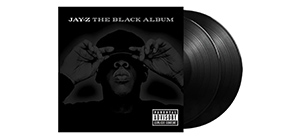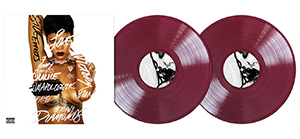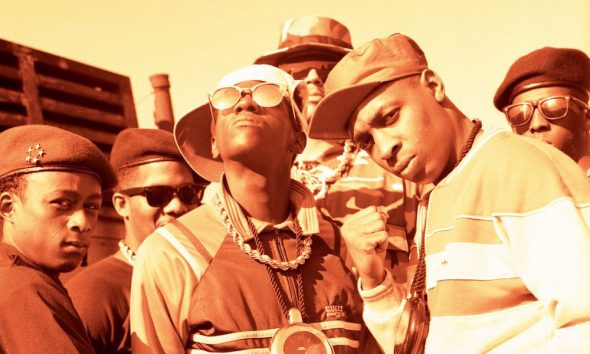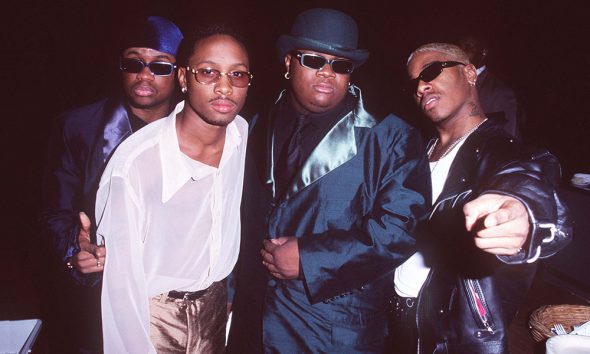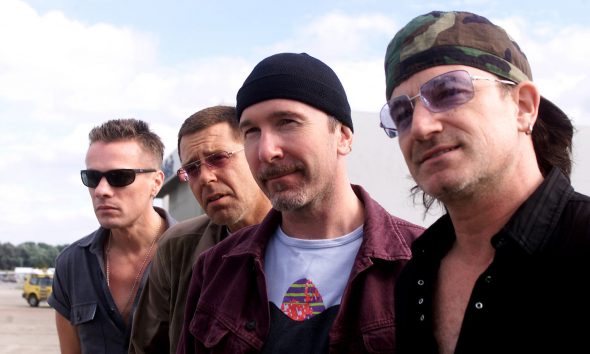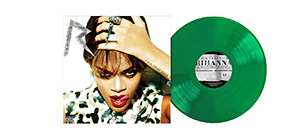‘Hand On The Torch’: How Us3 Took Blue Note Back To The Future
The story behind the British group’s sampladelic jazz-rap classic from 1993.

One of the most distinctive and memorable singles of 1993 was “Cantaloop (Flip Fantasia),” an inspired fusion of hip-hop and jazz created in London by Us3, a studio group led by former concert promoter and jazz writer Geoff Wilkinson together with keyboardist Mel Simpson. Released by Blue Note, the iconic New York jazz label, the record went gold in the US where it reached No. 9 on the Hot 100 and paved the way for the even more successful parent album Hand On The Torch, which became a global phenomenon. The record sold 2.3 million copies, was nominated for a Grammy, and became the first album in Blue Note’s long and storied history to reach platinum status. But things might have turned out very differently – for both the label and the band – if Blue Note had pursued their original intention of taking the British group to court for copyright infringement.
Listen to Us3’s Hand on the Torch now.
Blue Note first knew of Wilkinson and Simpson’s existence in 1991 when executives at the London offices of EMI/Capitol – then the jazz label’s parent company – became aware of “The Band Played The Boogie,” an independently released hip-hop single the duo had produced under the name NW1. An infectious funky groove featuring rapper Born 2 B, the record heavily sampled an old Blue Note track by guitarist Grant Green and received a lot of airplay from the influential London radio station Kiss FM. Wilkinson and Simpson hadn’t asked permission to use the Green sample, so when EMI summoned them to a meeting, the duo was understandably nervous. Somehow, Wilkinson persuaded Blue Note – who seemed impressed by how he made a modern dance track from a Grant Green lick – to drop the threat of legal action and instead allow his band to record for them. With the approval of Blue Note’s then-boss, Bruce Lundvall, Wilkinson and Simpson were granted permission to use the company’s archives to put some tracks together. “It was a brave decision by Bruce Lundvall,” recalled Wilkinson, “but he made me record some demos first, to prove I could do it.”
Among the demo tracks they recorded was “Cantaloop (Flip Fantasia),” which sampled Herbie Hancock’s “Cantaloupe Island,” a funky soul-jazz groove from the pianist’s 1964 Blue Note album Empyrean Isles. Contemporized by tight beats and the smooth rhymes of rapper Rahsaan Kelly, the track impressed Lundvall, who signed the band, which adopted the name Us3, inspired by pianist Horace Parlan’s 1960 Blue Note LP of the same name.
Issued as a single in October 1992 in a picture sleeve that mimicked the Reid Miles-designed covers of the classic Blue Note era, “Cantaloop (Flip Fantasia)” was slow to take off in the UK, where it didn’t chart on its initial release. It wasn’t until their second single, “Tukka Yoot’s Riddim” – which repurposed the Grant Green sample Wilkinson and Simpson had used on the earlier “The Band Played The Boogie” – that the group made the UK pop charts. In its wake, “Cantaloop (Flip Fantasia)” was reissued and peaked at No. 23 in September 1993.
“Cantaloop (Flip Fantasia)” enjoyed a longer, more spectacular run in the charts across the Atlantic in the US, windings its way up the Hot 100 to eventually land in the Top 10. It was at that point that Blue Note released the band’s keenly awaited debut album Hand On The Torch. “I always thought there was a huge potential audience for jazz amongst younger people, and I wanted Us3 to be a point of access for them,” recalled Wilkinson. “By sampling classic jazz tracks, mixing them with beats and raps, and having younger jazz cats playing on top, I was acknowledging the past, staying rooted in the present, and looking forward to the future, all at the same time.”
Hand On The Torch contained 13 tracks that used samples from vintage Blue Note recordings, including the hazy summertime groove “Lazy Day” based on Bobby Hutcherson and Harold Land’s “Goin’ Down South” and “Eleven Long Years,” a ragga-inspired track built on the sturdy foundation of Horace Silver’s famous hard bop groove, “Song To My Father.” Even more radical was how Us3 cleverly refashioned Donald Byrd’s famous 70s jazz-funk cut “Steppin’ into Tomorrow’” into a piece of neon-lit, futuristic jazz noir called “The Darkness.”
Aided by “Cantaloop (Flip Fantasia)’s” Top 10 success in the US singles chart, Hand On The Torch was lauded by the critics and quickly made the bestsellers lists; it reached No. 31 on The Billboard 200 and No. 21 on the US R&B charts, where it stayed for 33 weeks.
Us3 went on to release a second album for Blue Note, 1997’s Broadway & 52nd, and a further seven LPs for different labels between 2001 and 2013, but could not match the commercial and critical success of their outstanding debut. It remains a landmark album that, along with the pioneering work of acts like A Tribe Called Quest and Jazzanova, convincingly joined the dots between jazz and hip-hop. The record also marked a sea change in record companies’ attitudes to sampling, which until then had mostly viewed the phenomenon as an act of piracy. Perhaps best of all for jazz fans, Hand On The Torch, with its back-to-the-future aesthetic, functioned as an inspiring advertisement for the countless jewels waiting to be rediscovered in Blue Note Records’ seemingly bottomless back catalog.






